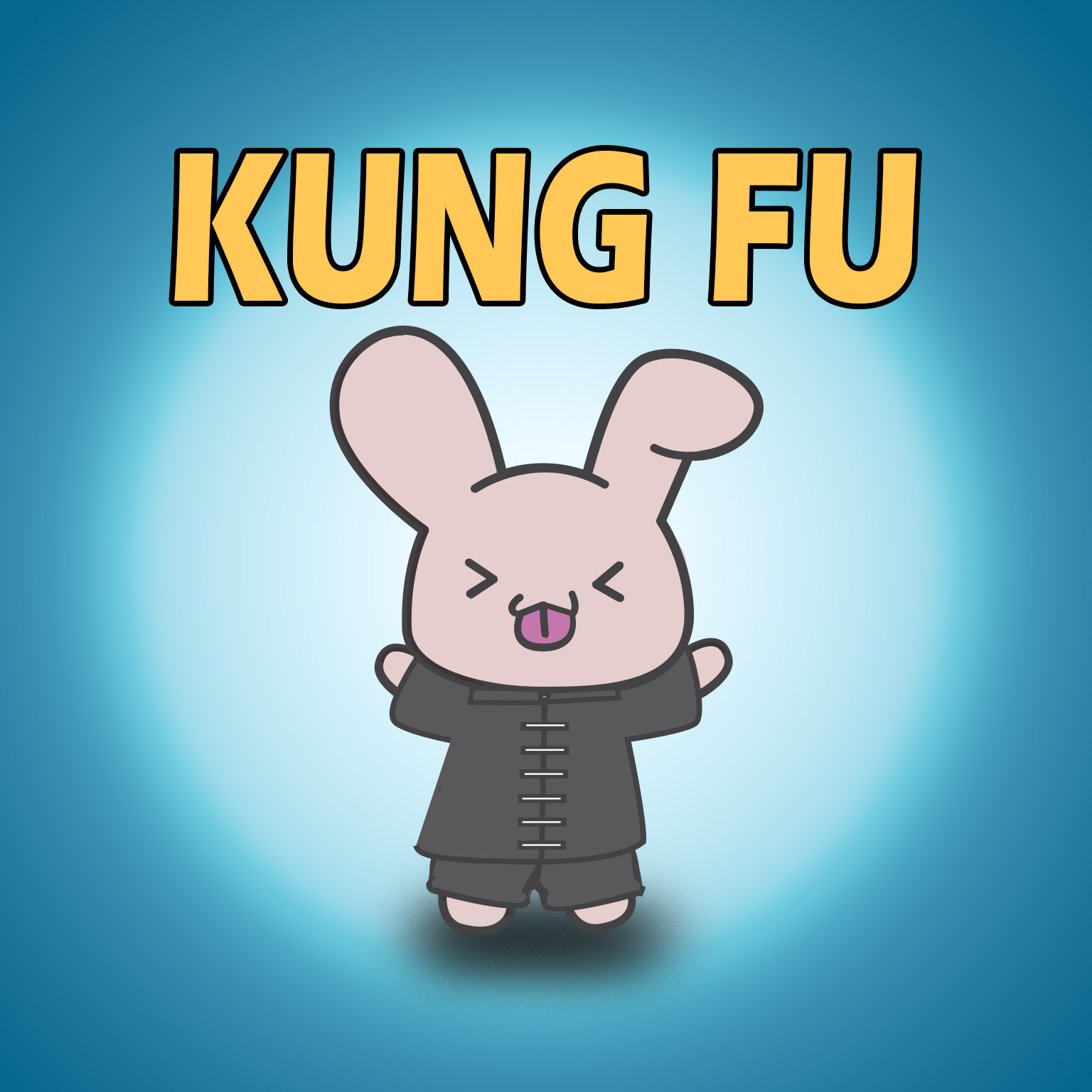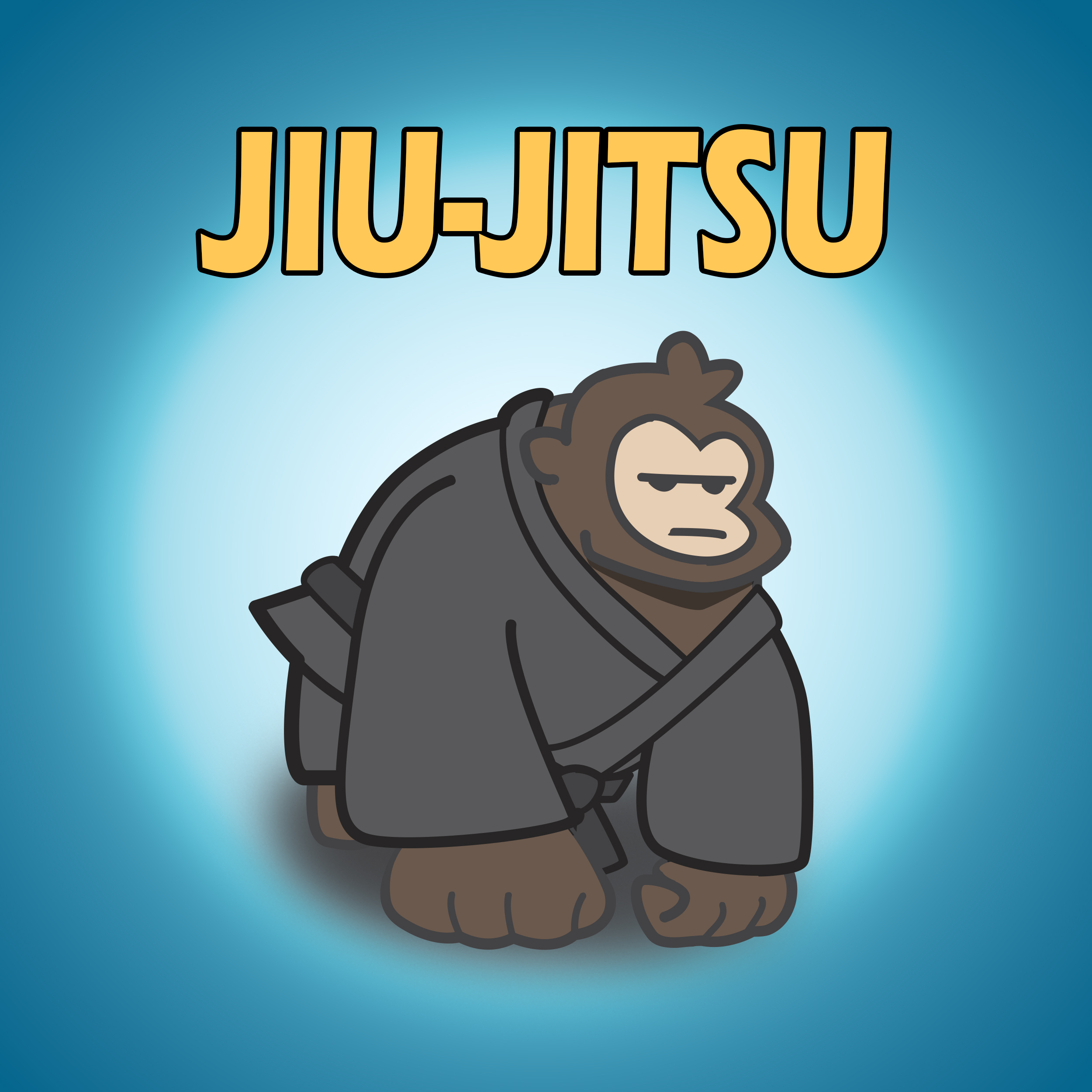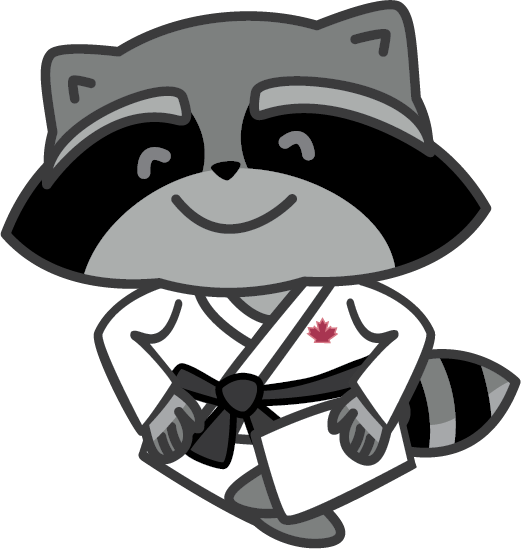Read more


read more
read more
Kung Fu and Judo are two martial arts from different cultures, each with distinct approaches in both technique and philosophy.
Kung Fu, originating from China, is a broad term that encompasses many styles of martial arts. It emphasizes fluid movements, agility, speed, and self-discipline.
Kung Fu includes striking techniques (such as punches, kicks, and weapon attacks), as well as circular movements and specific stances. Some styles, like Wing Chun or Shaolin, are also known for their groundwork and self-defense strategies.




Taekwondo and judo are two martial arts from different traditions, each distinguished by its objectives, techniques, and philosophy.
Taekwondo, originating from Korea, is a martial art focused on speed, precision, and powerful kicks. It emphasizes flexibility, agility, and coordination.
Taekwondo is known for its spectacular strikes, especially jumping, spinning, and combination kicks, executed with great speed and strategic precision. Beyond combat techniques, this martial art also teaches discipline, respect, and self-control.
Jiu-jitsu and judo are two martial arts originating from Japan, with jiu-jitsu maintaining a more diverse approach to combat, including strikes and submissions.
Both disciplines share fundamental principles such as the intelligent use of energy, self-control, and respect for one’s partner.
Jiu-jitsu, which means “the art of flexibility,” is an ancient combat system used by the samurai. It serves as the foundation for several modern martial arts, including judo and Brazilian jiu-jitsu (BJJ).




Karate and judo are two Japanese martial arts that differ in their philosophy and approach to combat.
Karate, which means “the way of the empty hand,” is a martial art based on striking techniques. It emphasizes power, precision, and speed in punches, kicks, and elbow strikes.
Karate is characterized by direct and explosive movements, with a strong focus on posture and breathing to maximize the effectiveness of attacks. 🥋
Judo is a very effective method of self-defense in real life, thanks to its ability to neutralize an opponent using throws, holds, and ground control.
Judo engages and develops many muscle groups, including the arms, shoulders, legs, back, and abdominal muscles. It helps build muscle mass and endurance. Judo also improves flexibility and coordination, making it a well-rounded sport for overall physical fitness.
Judo is not more dangerous than other martial arts, as long as it is properly supervised and practiced correctly. If you train in a dojo with a good instructor and partners who follow the rules, the risk of injury remains low. Moreover, judo places strong emphasis on important values such as respect, self-control, and safety.
Yes, it is absolutely possible to be a black belt in more than one martial art. Many people practice multiple disciplines and reach a high level in each of them.
When you start judo for the first time, even if you already practice another martial art, you will begin with a white belt.
Each martial art has its own techniques, principles, and philosophy. The belt system is an effective way to measure progress, but it is not the same in all martial arts.
It is not recommended. Judo requires the durability of a judogi. It is much thicker and sturdier than a karate gi or most of the clothing you have at home. Your karate gi could get damaged or even torn.
For ground fighting, your experience in Brazilian Jiu-Jitsu will be noticeable, but you will need to invest in learning throws and adapt to the rules and pace of judo.


QUICK LINK
JUDO.ca
JOIN US
LANGUAGES